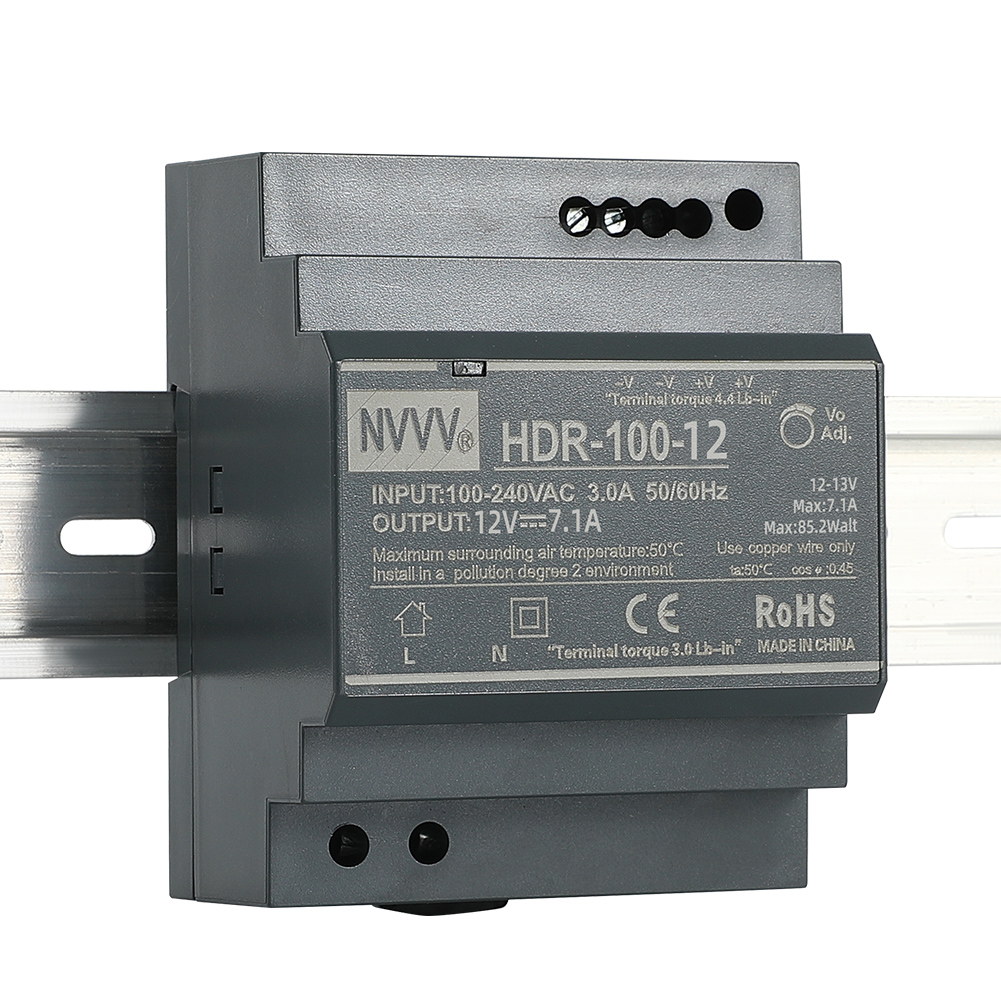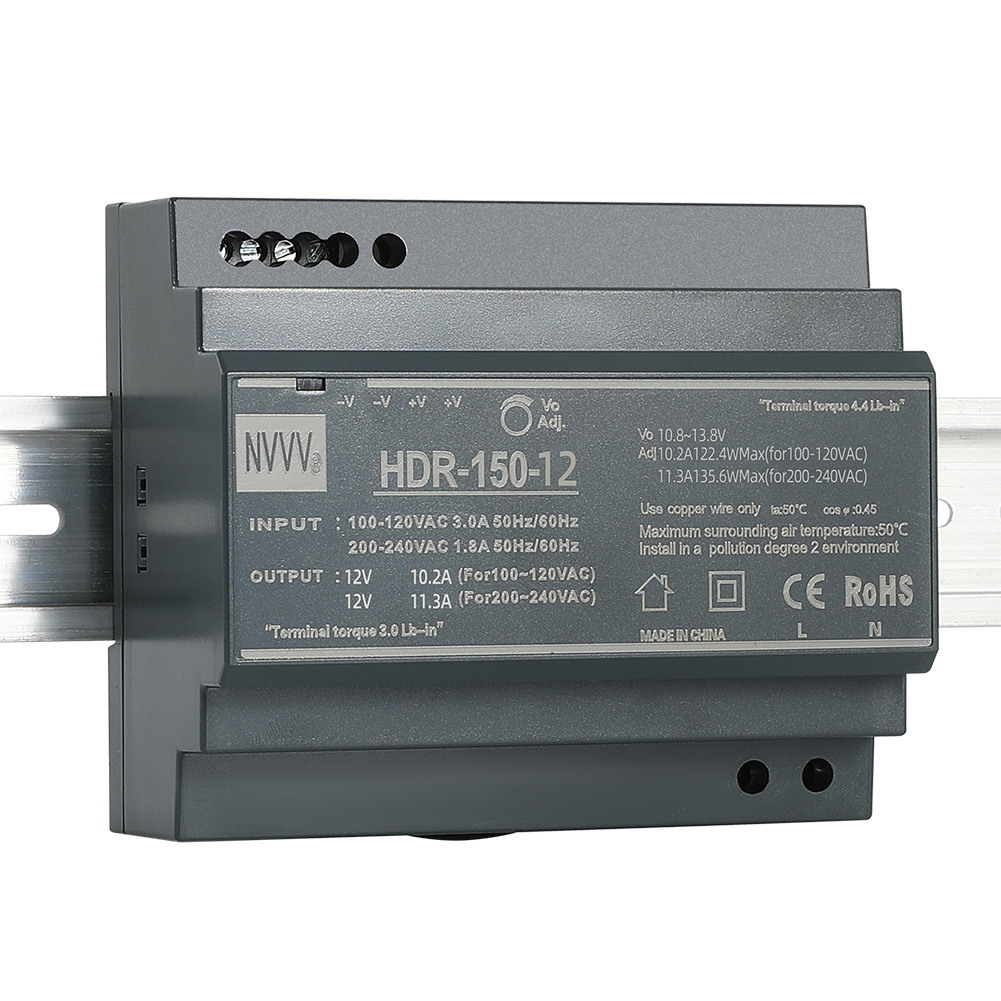Choosing the Right Switching Power Supply-12V and 24V
This article comprehensively discusses the application scenarios, selection, and usage considerations for 12V and 24V switching power supplies. It explains that 12V power supplies are suitable for low-power devices, while 24V supplies are better for high-power applications, emphasizing the importance of matching the power supply with the device. The article also covers key factors in power supply choice, guidelines for safe usage, maintenance and troubleshooting, as well as long-term stability and reliability, providing a thorough guide for consumers in selecting and using switching power supplies.

12V Power Systems: Applications and Considerations
12V power systems are extensively used in a variety of everyday devices. These systems are particularly suitable for low-power devices such as LED lighting, small electronic gadgets, and certain portable devices. For instance, you might find 12V power systems in home lighting, small electronic projects, or portable chargers. However, when choosing a 12V power supply, it's crucial to ensure that the voltage requirements of the device match the power supply to avoid poor performance or damage.
24V Power Systems: Where They Excel
In contrast to 12V systems, 24V power systems are more suitable for higher-powered devices. This includes certain industrial equipment, large-scale lighting systems, and even some high-performance electronic devices. 24V systems are favored in industrial and commercial applications due to their higher efficiency and lower current loss. For example, in large warehouse lighting systems or some automated machinery, a 24V power supply would be ideal. When selecting a 24V power supply, it’s essential to confirm device compatibility to prevent damage from excessive voltage.
The Importance of Matching Power Supply to Device
What are the consequences of using a mismatched power supply? This is a question every consumer should consider. If a 12V device is incorrectly connected to a 24V power supply, it could lead to overheating, damage, or even fire. Similarly, a device designed for 24V connected to a 12V power supply may not work correctly or perform poorly.
How to Choose a Switching Power Supply Based on Device Needs?
What factors should you consider when choosing a switching power supply? First, verify the voltage requirements of the device and select a power supply with the corresponding voltage. Second, consider the power requirements of the device and choose a power supply with an appropriate power rating. The stability and efficiency of the power supply are also crucial for protecting the device and energy saving.
Safe Usage of Switching Power Supplies: Avoiding Common Mistakes
How can you safely use a switching power supply? Ensure adherence to the manufacturer's guidelines and safety standards. Incorrect wiring or using a power supply that is not up to specification can cause device damage or safety hazards. Also, regularly check the power cords and connections to ensure they are not worn or damaged.
Conclusion
Understanding the different applications of 12V and 24V systems is vital when choosing a switching power supply. Correctly matching the power supply with the device can enhance performance and avoid safety risks. By focusing on voltage requirements, power needs, and the quality and efficiency of the power supply, you can ensure the most suitable power solution for your device.







